
The Legend of Heroes: Kai no Kiseki -Farewell, O Zemuria- raises the curtain on Trails' final act
One thing I kept thinking back to when playing through Falcom's latest game release - The Legend of Heroes: Kai no Kiseki - was how the series' legacy is at once both its greatest strength, and its greatest weakness. Back in 2018 we grappled with the weight of what makes Trails in the Sky the 3rd so great, and how it's impossible to judge that game in a vacuum devoid of what had come before. The same can be said for games like Trails of Cold Steel IV, or Trails into Reverie; for better or worse, that "legacy" is exactly what makes Trails so special.
Even more than any other title in the series, Kai no Kiseki demands players be familiar with the entire series chronology - excepting The Legend of Nayuta. A lot of this comes down to the game's structure; while Trails through Daybreak II adapts some of the route system that started in Trails into Reverie, Kai no Kiseki offers a mix between Daybreak II's structure and Reverie's more freeform approach by bringing both Rean Schwarzer and Kevin Graham (accompanied by C's crew from Reverie) into the mix. The result is a story that digs deep on the series' history, sometimes greatly recontextualizing previous events in ways that completely reshape understanding of the series, and Zemuria as a whole.
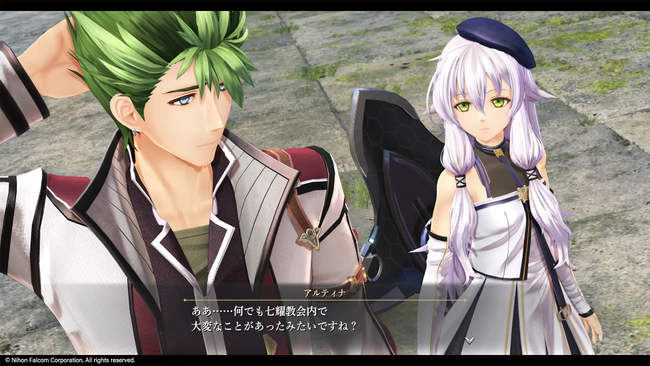
Without beating around the bush, Kai no Kiseki finally lays the groundwork for the series' conclusion. How we'll get there is still left unknown; but after 13 long games, the finish line is finally within sight. Kai's ending is something we'll all have to grapple with during the wait for the next game - which seems likely to be landing in 2026, as Falcom's plate seems full with an unnamed Tokyo Xanadu sequel and The Legend of Heroes: Trails in the Sky the 1st both slated for next year.
Ultimately the game sticks the landing. The journey to get there, however, has some notable faults. I enjoyed the story - but the game's pacing is uneven at the best of times. Rean and Kevin's routes are considerably shorter than Van's, yet the vast majority of the game's major plot reveals happen within those routes; leaving Van's crew mostly focusing on character moments for the cast. I understand the approach they're going with - Kevin and Rean are exploring the "background" of Kai's plot, while Van's group is mostly scratching the surface until it all collides at the end.
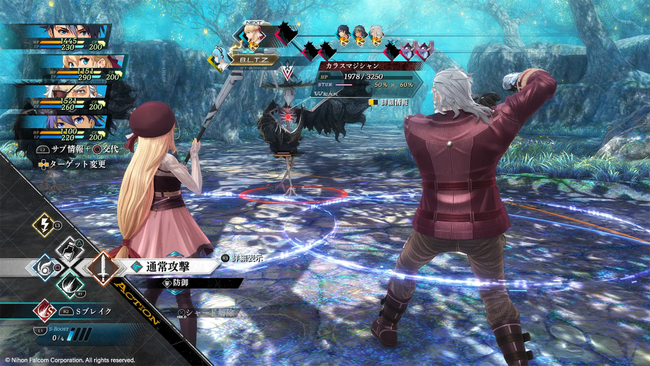
Certainly not helping matters is Grim Garten, a reprised version of the randomly-generated dungeon system that appeared in Trails Through Daybreak II, and before that Trails into Reverie and Trails of Cold Steel II. Simply put, between 3 separate routes - and each route featuring an average of 3 to 4 sidequests per chapter, as well as Connect Events - it all begins to add up. Falcom has long since opted to reference side content from prior games as if players are always 100% completing their games, and I'd wager if you've played all the games up until now you've resigned yourself to do the same.
For context, in Daybreak II there's an Act with a similar route structure to Kai; in that case, usually players only had 2 quests per route to consider, and those routes themselves were generally shorter as well. That's not even getting into the fact that Grim Garten offers players a means to watch any remaining Connect Events that they hadn't seen in prior chapters, alongside its own set of Mementos; similar to the Daydreams in Trails into Reverie, albeit shorter. It all adds up; and while I ended up enjoying most of it, I can't deny that we've reached a point where it all feels at least a little ridiculous. Of course, this bloat feels all the more obvious when going through the Van routes, which focus more on building the suspense towards the game's inevitable and signposted conclusion.
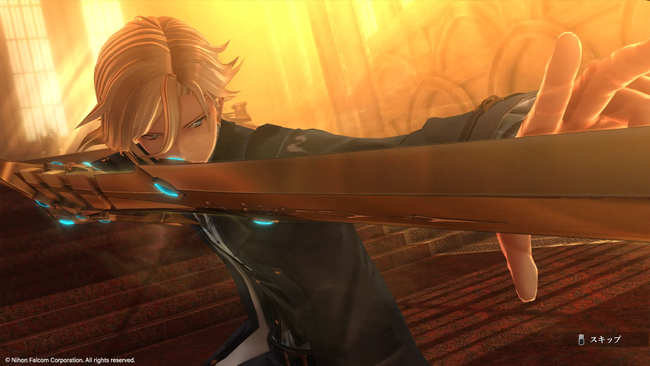
That's not to say that the game's story leading up to that conclusion is a slog. As stated, Kevin and Rean's routes regularly drop very exciting lore and story drops; but even more than that, Falcom has come a very long way from the canned animations that plagued Trails of Cold Steel. They'd already started to utilize proper fully-animated cutscenes in Daybreak, but even that is a far gulf from what the company has begun to deliver in Kai. What was once one of Falcom's greatest weaknesses is now a major strength, with Kai no Kiseki offering some of the most impressive setpieces and cutscenes in any of the RPGs that I've played in the last several years.
This new presentation doesn't apply to everything, of course. Sidequests are mostly devoid from these new bespoke animations, as you'd expect; but that's not to say that the questing hasn't seen some changes for Kai as well. Notably, Topics have seen a much larger focus this time around. New "Topic Quests" have players shuffling different Topics with different characters to try and figure out a solution to a specific problem. As an added wrinkle, these quests are the only ones in the game that won't have their objectives listed on the fast travel menu - you'll have to figure out where to go next based off context clues and from knowledge of other NPCs you may have talked to.
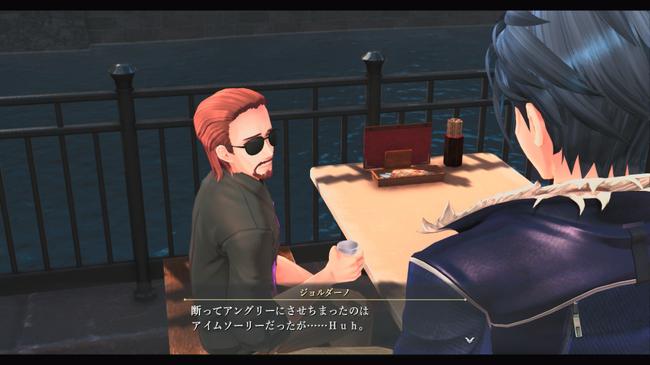
While it's a minor thing; I appreciated how both during these Topic Quests and the main story you really get to see how far the rest of Arkride Solutions Office has come. It's not just Van figuring things out on his own anymore; characters like Feri, Aaron, Agnes and more all play their part, as you'd expect considering how long they've now been working with Van. The same can be said for how the game treats the players, too; maybe it could be a bit overwhelming for some, but Kai feels like it features so many more multiple-choice options during quests, assuredly to test whether you're paying attention. There's even one sidequest involving helping a pair of characters win a race - if you bet on their race in one of Edith's new zones you'll end up with a ton of cash come the end of the chapter if you helped the team come out on top.
On a similar note; combat has continued to be expanded upon from Daybreak. Adding to the combat's existing Action and Turn-Based hybrid approach, Falcom has introduced ZOC, a feature that once fully charged can slow down time for a short period during action combat while also greatly increasing your damage output. Certain characters can use your boost gauge to activate a "Trance" mode, offering the same buff to your strength for the duration of its much longer effect. There's a much larger emphasis on action combat this time around, and even a dungeon that completely disables your ability to enter turn-based combat at all, as well as puzzles in both dungeons and story moments that make use of your action-combat features - including some specific ones revolving around the Quick Arts feature that was added in Daybreak II.
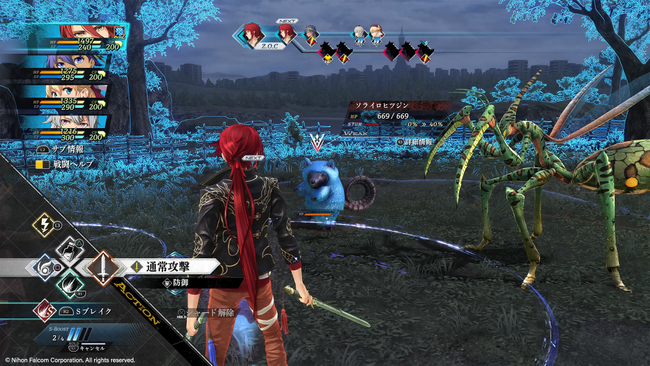
ZOC is also available in turn-based mode, but the way it works and how it's activated is a bit different. S-crafts this time around now only require a single Shard Boost to activate, while using two Shard Boosts now activates ZOC; an additional turn for the character. This is especially useful for casting Arts, of course; but even beyond that a well-timed ZOC can help turn the tide during a tough boss battle. Brave Orders from Trails of Cold Steel and Trails into Reverie are also back, though technically the game calls them something else that I didn't bother to memorize since they immediately told me they were just Brave Orders. These use the same Boost gauge as S-crafts, ZOC and Shard Boosts.
As a whole, combat feels suitably fresh - especially after Daybreak II remained mostly the same as its predecessor, outside of the addition of Quick Arts during action combat. If I had one complaint, however, it's that with all the changes to the action combat sometimes the camera lock-on shows its rough edges. One endgame fight was particularly egregious about this, though the issues by no means ruined the moment.
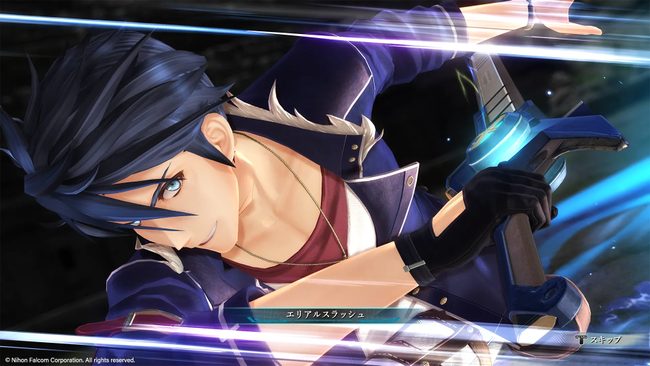
Kai no Kiseki feels emblematic of everything Trails has ever been; and while that means that some of Trails' weaknesses are more apparent than ever, at the same time the heart of the series has never been more clear. Part of why I loved Trails through Daybreak so much when I played it at the Japanese release was how it felt like Falcom wanted to take a more deliberate approach to how they handled their writing, and across both Daybreak II and Kai no Kiseki I'm more confident than ever that Falcom knows exactly what story they want to tell, both for Calvard and the Trails series as a whole.
It's going to be a long wait for the next Trails game; but now more than ever that wait feels like it just might be worth it. Kai no Kiseki -Farewell, O Zemuria- is both a celebration of the games that came before it, and a confident statement of intent for the rest of the series. Nihon Falcom is ready to send off Trails on a bang, and not a whimper.
The Legend of Heroes: Kai no Kiseki -Farewell, O Zemuria- was played using a review copy provided by Nihon Falcom